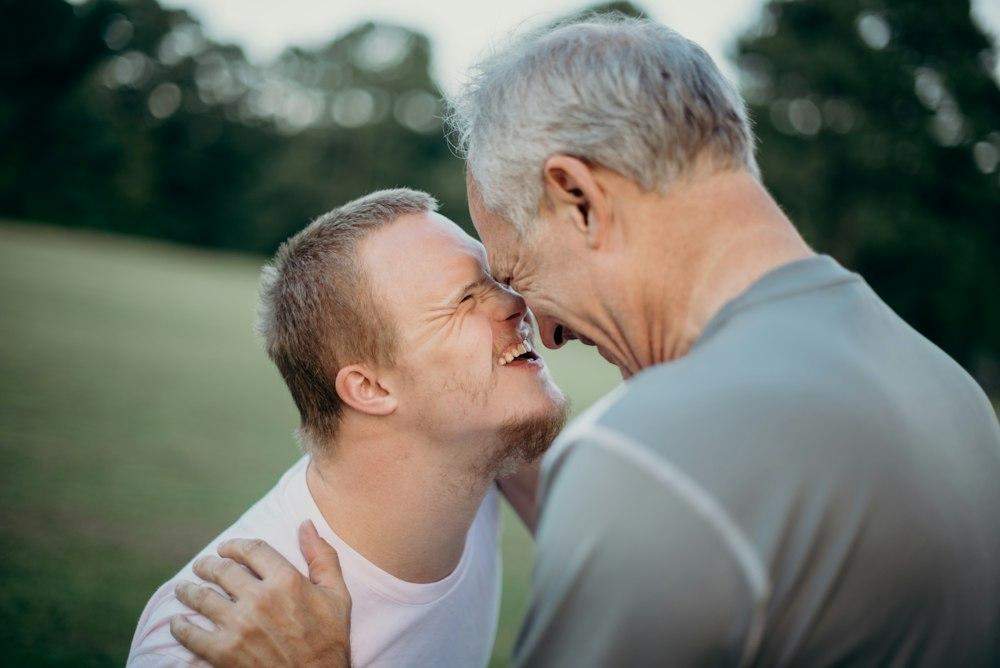
Ahead of Disability Pride Month, here’s how to support better integration for disabled individuals
Disability Pride Month is a worldwide event that typically occurs in July and has evolved from a single day of celebration to a month-long event that aims to raise awareness and increase the quality of life for disabled individuals. Disabled people belong to all social and age demographics and makeup roughly 15% of the global population. However, the stigma surrounding the disabled status persists, and society is often not adequately equipped to respond to all the challenges disabled people might face.
Ahead of Disability Pride, it’s important to remember that while celebration is necessary, increasing integration and finding solutions to the problems disabled people face is crucial. Here are some practical ways you could help.
Employment
Being employed and earning a steady wage is a crucial factor in becoming independent, something all disabled people need. Despite the adoption of landmark laws several decades ago, such as the Disabilities Act in the United States, disability also results in poverty more often than not as well. It’s not just that very few disabled people work, even when they’re perfectly capable of doing so, but disabled workers also earn $90,000 less per year compared to their non-disabled peers. Disabled individuals are often denied employment because of their status. If you’re a business owner or work for human resources at a company, you should adopt more inclusionary methods that give everyone equal chances to get the job.
Accessibility
Both public and private spaces should be made more easily accessible for people with disabilities so that the individuals can reach them by themselves or with only minimal assistance. To make your home more accessible, go to summitstairlifts.ca to get a stairlift that is ideally suited to the outline of your home and is simple to use. Install handrails, make sure the furniture placement doesn’t hinder movement and wouldn’t make anyone trip and fall, and replace door knobs with levers.
For outdoor areas, make sure parking areas are fully accessible and specially adapted to the needs of disabled people. Stairlifts can be installed in public buildings as well. Look for stairlift prices in Canada to find the best options available for your budget. For a more cost-effective solution, you can get a second-hand stairlift. Provide accurate information that is readily available for any prospective visitors. Install ramps, make sure the restrooms and eating areas are accessible for everyone, and provide handrails and curb cuts for wheelchair use.
Schools
Promoting inclusion starts from the early days and is crucial for the education system. As social and cultural consciousness regarding the interactions with disabled people change and the general public becomes more aware of the importance of inclusion and equality, programs begin to appear as early as elementary school. The aim is to support disabled children, help them integrate with their peers and support them in their learning process and endeavors.
Adopting these methods is bound to decrease the discrimination disabled individuals endure and boost social inclusion. Having disabled and neurodivergent kids in the same classroom allows for a shift in perspective and a better appreciation for the unique qualities of each child. If disabled children require a particular environment, either temporarily or permanently, they should be enrolled in special classes. In this scenario, inclusion can happen through extra-curricular activities that bring all students together.
Disability History
Another essential aspect of raising awareness about disability is to integrate special lessons about the history of disability into the curriculum. This way, students get a comprehensive view of how far activism and rights have come but also of how much work still needs to be done. In order for the community to be fully acknowledged and understood and to ensure that their needs and goals are met, it’s essential to have some perspective.
Moreover, since history is often taught in an impersonal manner and only focuses on a few figures and well-known individuals, integrating Disability history means learning more as a whole and getting information about the lives of ordinary people as well. Students can learn about the medieval almshouses or about the Bethlem Royal Hospital, which was established in 1247 and began to be used for the treatment of the mentally ill around 1377.
The daily life of disabled people living in the 16th and 17th centuries, and their ability to work and raise families are also covered, as well as the beginning of the large hospitals and the development of the infamous asylums, the impact of the two World Wars, and the massive changes that took place in the treatment processes throughout the centuries are all covered by Disability History programs.
Air travel
Traveling is one of the most pleasant experiences you could have. It’s a way to blend leisure with educational activities and an opportunity to discover new places and experience new things. Unfortunately, air travel is often not accessible for disabled passengers. This isn’t just a problem for those who want to visit a different country, but also for employees who need to travel for work commitments and find themselves depending on special service requests in the airport. Many people with disabilities have at least one horror story connected to traveling, and air travel is often the culprit.
This is because disabilities are often invisible to non-disabled people, meaning that disabled individuals have no other choice but to deal with the frustration. But it doesn’t have to be that way. Airlines have the resources to build more accessible washrooms in the planes and ensure other accommodating features are installed so that all passengers can enjoy full comfort during their journey.
To sum up, while there have been many strides in the way disabled people are treated and in the facilities available to them, there’s still a long way to go. For some, this part is even more difficult because now it is all about the smaller things that, while no less important, are often invisible to those who don’t have firsthand experience of them. If you know someone who’s disabled or believes in the importance of the cause, don’t hesitate to be an ally and add your voice to those of the rest of the community.
Image Credit: Unsplash












